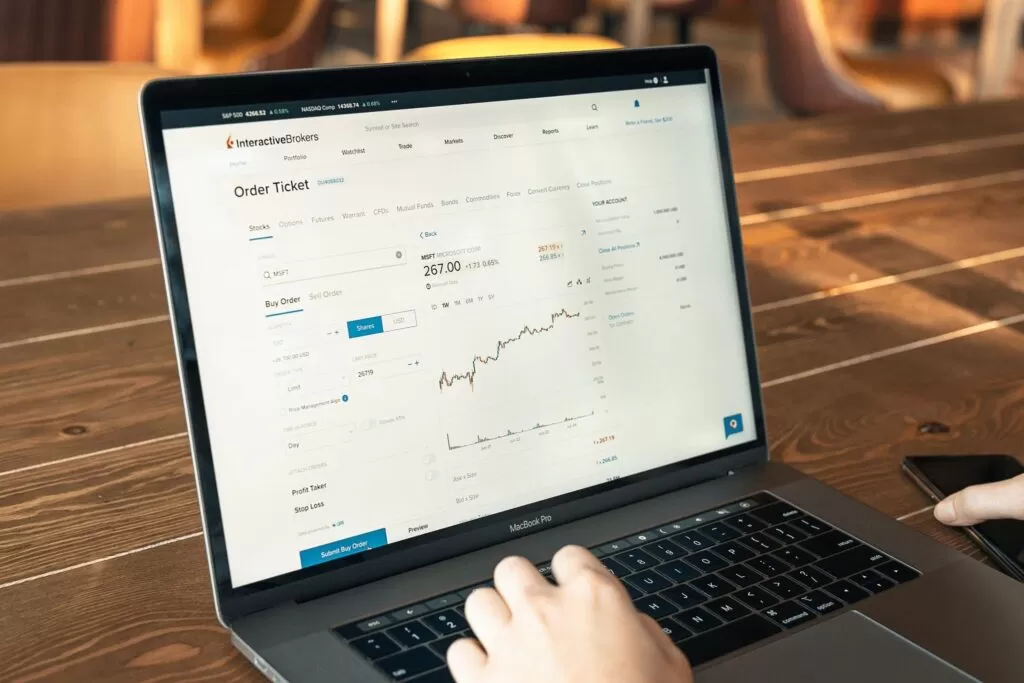A KPI or Key Performance Indicator is vital for a business owner. They can help you measure and analyze your company’s performance, gain insight into its strengths and weaknesses, and make informed decisions on how to move forward. To be clear, though, how you define marketplace KPIs will differ from how other businesses do it (and that’s OK).
What works for one company won’t necessarily work for another—because each has unique goals, values, and focus areas. That said, here are some common KPIs that we recommend all entrepreneurs consider tracking regularly.
KPIs are essential to track
KPI stands for “key performance indicator.” These are data points that help you understand how your business is doing. To use KPIs in business, you’ll need to know how much money your company made and where it came from.
You can also track the number of customers who bought your product or service or the number of times a customer returned to buy another one within a certain period. If you’re using an eCommerce website, sales volume is likely a key metric for success.
In addition to tracking basic financials, some less apparent KPIs are worth paying attention to.
Total number of listings
In a marketplace, the number of listings is a good indicator of the health of your marketplace. If you have many listings, it means that there is an active community with many sellers offering products and services.
On the other hand, if you have few listings, there may be little demand for your products or services. You can improve this by growing your community and ensuring sellers know how to list their products on your site.
Number of listings in the top categories
Most Amazon sellers know the importance of listing their products in top categories. These categories have high search volume and low competition, which means their great places to get exposure to your product. But what if you need to know what these categories are?
The easiest way to find out is using a tool like Jungle Scout or Keyword Inspector. These tools will show you which keywords have the most monthly searches and how much competition there is. This data can identify popular product niches and decide where to list your products on Amazon.
Seller engagement rate
A seller engagement rate is the percentage of users who sell on your platform and interact with other company members. You can calculate it by dividing your total number of sellers by the number of active sellers and then multiplying that result by 100.
What’s a reasonable seller engagement rate? It all depends on what you measure for. A higher number would be better if you want to see how many people are actively buying from other sellers.
However, if you’re looking at who is selling on your platform and interacting with customers, a lower value would indicate better results because it shows they are using their accounts.
Number of active sellers
The number of active sellers is an important metric to track because it shows how many people actively participate in the marketplace. If your number of active sellers is low, then your platform is not offering enough value for people to make an effort to use it.
To understand what’s causing this issue, check out other vital metrics such as total revenue and conversion rate.
If you notice a drop in the number of active sellers on your site, several things can be done to increase this number:
- Increase visibility by advertising on websites where potential customers might look for products like yours (eBay, Facebook Groups, etc.).
- Investing in SEO/SEM campaigns so that people searching for similar products will see listings from other sellers (instead of yours).
Seller conversion rate
Seller conversion rate is the sales ratio to the number of visitors to your store. It’s a key metric for marketplaces because it tells you how likely you are to profit from your sellers. The higher this indicator, the more likely you will make money from each transaction.
The return rate of sellers’ products
The return rate is the percentage of products returned to the seller. For example, if 1000 products were sold and 10 were returned, your return rate would be 10%.
The average return rate among sellers is 2.6% which means that a few people will not be happy with their purchase and may ask for a refund or replacement.
When you sell on Amazon, buyers sometimes receive an item damaged in transit or something they don’t want anymore, like buying shoes online, only to realize they bought the wrong size when they got them home. You are required by Amazon’s Terms of Service (ToS) to process all returns within 30 days of receiving them at no charge to the buyer; otherwise, you risk being suspended from selling on Amazon Marketplace due to non-compliance with their policies.
It takes about seven days for customers who request refunds through Seller Central and three days for those who do so using Amazon Pay after receiving their order confirmation page from either platform.
However, this does not include weekends since many people tend not to use these services during weekends or holidays when offices are closed so keep this in mind when determining how long it might take someone before contacting us about an issue related to omitting specific details such as whether we’ve replied in some thoughtful way already?
We’ve found that most issues fall into two categories: Technical errors (e., wrong product shipped) or human error (e., missing some critical piece of information needed when filling out forms).
Repeat purchase rate
You can use the repeat purchase rate to measure how often buyers come back to buy from the same seller.
- A low repeat purchase rate signals that your buyers are satisfied with your product or service but may need to be more loyal.
- A high repeat purchase rate indicates that your customers are delighted with what you have to offer, making them more likely to make another purchase from you in the future.
Shopper abandonment rate
The abandonment rate is a critical KPI to track and measure because it indicates the percentage of shoppers leaving your site without purchasing or completing their intended task. This metric is also known as “bounce rate” since it measures how many visitors bounce off your site without engaging further with it (i.e., going from page to page view).
To calculate the abandonment rate, first determine what percentage of customers typically complete an eCommerce website transaction by adding up the number of sales made per day for a month and dividing that figure by the total number of unique visitors during that same period.
Then divide this result by one minus your conversion ratio (conversion ratio = conversion rate ÷ 100). For example: If 10 sales were made on your platform during January 2019 and there were 1,000 unique visits over that period, then 10/1,000 x 100 = 0.1%. The abandonment rate would be 1 – 0.1% = 99%.
Cancel rate by buyers
The cancel rate is the percentage of orders canceled before they were fulfilled. The cancellation rate should be low—but why?
- It’s a sign that buyers are satisfied with what they bought and want more. If a buyer purchases something then doesn’t want it, it could mean that they didn’t want to pay for the product in the first place. This can be especially true if you’re selling physical products on your marketplace.
- A high cancellation rate shows that your buyers aren’t happy with what they’ve purchased or aren’t receiving their items as expected. If this happens frequently enough, it may indicate an issue with your fulfillment process (e.g., shipping).


Average order value (AOV) on marketplace transactions
Average order value (AOV) on marketplace transactions measures the sales volume but is not necessarily a profit margin measure. It’s calculated by dividing the total value of all transactions by the number of transactions.
If you’re using an online marketplace like eBay or Amazon to sell products, your AOV will be higher than selling directly from your website. But this doesn’t mean that you should stop selling direct—if anything, it means that now is a great time to consider diversifying and selling through other channels.
In conclusion
The key takeaway here is that the KPIs you track should reflect your goals. For example, if your goal is to increase sales on your marketplace, then tracking metrics like the number of sellers, the average order value per transaction, and the conversion rate makes sense. However, if you’re trying to improve customer satisfaction by improving customer support for buyers or sellers (or both), those will be your focus instead.
About Author
Anna Korolekh


Anna is in online marketing since 2009, started her career with content-writing and developing link-building strategies. In 2010 was hired as an SEO analyst for Promodo marketing agency. By 2012 she extended her skillset beyond SEM becoming a digital marketing manager of the International department at Promodo. In 2014-2016 Anna lead marketing efforts at PSD2HTML web development company until she finally joined Oro Inc. family in November 2016 to lead digital promotion of Oro key products: OroCommerce and OroCRM






























